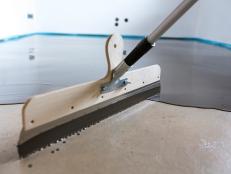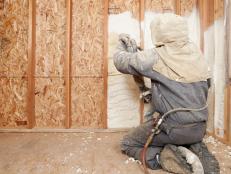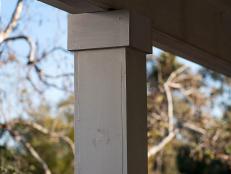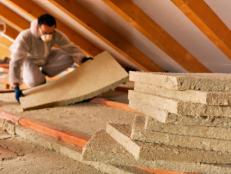Insulating a Basement Floor
Make your finished basement warm and inviting by installing floor insulation.

Medioimages
Insulating your basement floor not only keeps your feet warm, it helps moderate the room's temperature and increases energy efficiency. Before you start insulating your basement floor, though, determine if the basement has been affected by moisture or water damage. Installing a floor in the midst of such damage would only allow it to mold.
Deep Energy Retrofit: The Problem Areas
See All PhotosOnce any moisture issues are dealt with, you'll need to install a sub-floor to make room for insulation. Assuming you're starting with a concrete pad that is thoroughly dry, clean the concrete and seal it with an epoxy. When the sealant has cured, install the sub-floor framing. Next, add insulation. Popular insulation includes modular flooring from a basement finishing system, fiberglass or foam board.
When installing the insulation, consider adding an in-floor heating system to keep the space warmer in winter. These systems can also decrease utilities, since the heat rises from the floor and heats the space.
See also: Air Sealing and Insulation



















































